The sitatunga (Tragelaphus spekii) is a unique and elusive antelope species that calls the wetlands and marshy areas of Africa its home. Renowned for its exceptional adaptation to an aquatic lifestyle, the sitatunga is a remarkable and fascinating creature.
Sitatungas are well-suited to their specialized habitat and play an important ecological role as grazers and browsers in wetland ecosystems. They are also culturally significant in certain regions and are sometimes hunted for their meat and hides. Conservation efforts are crucial to protect their habitats and ensure their long-term survival.
Sitatungas possess unique physical adaptations that allow them to thrive in their aquatic habitats. These adaptations include elongated, splayed hooves that provide stability in muddy terrain and a water-repellent coat that helps keep them dry when moving through wetland environments. Their long, slender horns are present in males and can reach lengths of around 45 centimeters (18 inches).
Sitatunga: Species Profile
COMMON NAME: Sitatunga
SWAHILI NAME: Nzohe
SCIENTIFIC NAME: Tragelaphus spekii
TYPE: Mammal
FOOD: Sitatungas are herbivores, primarily feeding on aquatic vegetation. They graze on grasses, reeds, sedges, and other plants found in wetland habitats. They are well-adapted to semi-aquatic environments and can navigate through water to access their food sources.
HABITAT: Sitatungas are found in swampy and marshy areas of sub-Saharan Africa. They inhabit wetlands, floodplains, riverbanks, and areas with dense vegetation near water bodies such as lakes and swamps. They have specialized adaptations to thrive in such habitats, including elongated hooves and a water-repellent coat.
SIZE: Sitatungas are medium-sized antelopes. Adult males, known as bulls, have a shoulder height of around 100-120 centimeters (39-47 inches) and weigh between 70-120 kilograms (154-265 pounds). Females, known as cows, are slightly smaller, with a shoulder height of approximately 80-100 centimeters (31-39 inches) and a weight of 40-80 kilograms (88-176 pounds).
AVERAGE LIFE SPAN IN THE NATURAL HABITAT: In the wild, sitatungas have an average lifespan of 10-15 years. However, with proper care and protection, they can live longer.
ACTIVE: Sitatungas are primarily active during the early morning and late afternoon, displaying a crepuscular behavior pattern. They are well-adapted to their semi-aquatic lifestyle and are capable swimmers, using their elongated hooves to move through water and dense vegetation. They are also good jumpers and can navigate through challenging terrain.
GESTATION PERIOD: The gestation period of sitatungas lasts for approximately 7-8 months. After this period, a single calf is born, which is capable of standing and following its mother within a short time. The calf remains hidden in dense vegetation for protection.
WEIGHT: The weight of adult sitatungas varies depending on their sex. Bulls weigh between 70-120 kilograms (154-265 pounds), while cows weigh approximately 40-80 kilograms (88-176 pounds).
SIZE COMPARISON TO A 6-FT MAN: The size of a sitatunga is smaller compared to a 6-ft man. Bulls have a shoulder height of around 100-120 centimeters (39-47 inches), while cows have a shoulder height of approximately 80-100 centimeters (31-39 inches).
Distinctive Physical Features:
The sitatunga’s physical characteristics are well-suited to its unique wetland habitat. Their adaptations allow them to navigate the challenging and waterlogged environments they inhabit while remaining camouflaged and able to move through dense vegetation with agility. Here are some details about its appearance:
- Size and Build: Sitatungas are medium-sized antelopes, with males and females showing sexual dimorphism. Adult males, known as bulls, can reach a shoulder height of about 39-51 inches (100-130 cm) and weigh around 175-275 pounds (80-125 kg). Females, known as cows, are slightly smaller and lighter.
- Coat: The sitatunga has a shaggy and dense coat, which serves as insulation and helps it stay dry in its marshy habitat. The color of their coat can vary depending on their surroundings, ranging from reddish-brown to dark brown or even gray. This coloration provides effective camouflage within their wetland environments.
- Water Adaptations: One of the most remarkable features of the sitatunga is its water-adapted adaptations. It possesses elongated hooves with a spongy texture, which aid in walking on swampy and muddy terrain without sinking. Additionally, their legs are relatively long and flexible, allowing them to move through dense vegetation and wade in water.
- Antlers: Both males and females of the sitatunga have antlers, but the males’ antlers are larger and more elaborate. The antlers are lyre-shaped and heavily ridged. They can grow up to 3.3 feet (1 meter) long and have one or two twists. The antlers serve as a display of dominance during mating season and are shed and regrown annually.
- Facial Features: Sitatungas have a slender face with a rounded forehead. Their eyes are large and positioned high on the head, which aids in keeping a lookout for potential threats. The ears are long and can rotate independently, enhancing their ability to detect sounds from various directions.
- Sexual Dimorphism: Apart from the differences in size, male and female sitatungas also have differences in appearance. Males have thicker necks and larger bodies compared to females. Additionally, the males’ antlers are more robust and elaborate.
Habitat and Range:
The sitatunga predominantly inhabits the wetlands, swamps, and marshy areas of central and eastern Africa. It can be found in countries such as Uganda, Tanzania, Democratic Republic of Congo, and Zambia, among others. These habitats provide the sitatunga with ample food sources and the necessary conditions for its unique adaptations.
Behavior and Adaptations:
The sitatunga (Tragelaphus spekii) exhibits fascinating behaviors that are specifically adapted to its marshy habitat and lifestyle. Here are some key aspects of sitatunga behavior:
- Aquatic Adaptation: Sitatungas are excellent swimmers and are well-adapted to their watery environment. They can wade through shallow water and swim across deeper sections when necessary. Their elongated and spongy hooves help them navigate marshy terrain without sinking, allowing them to access food and escape predators.
- Territoriality: Male sitatungas are territorial and establish and defend their territories within the marshlands. They mark their territories with scent markings, including secretions from preorbital glands and urine, to communicate their presence and ward off intruders.
- Nocturnal and Crepuscular Activity: Sitatungas are primarily active during the early morning and late evening hours, making them crepuscular animals. They are also known to be active during the night, providing them with a reduced risk of predation and allowing them to avoid the heat of the day.
- Herbivorous Diet: Sitatungas are herbivores with a diet mainly consisting of aquatic plants, reeds, grasses, and leaves found within their wetland habitats. Their elongated and flexible necks allow them to reach vegetation both above and below the water’s surface.
- Solitary or Small Group Behavior: Sitatungas are generally solitary animals or may form small family groups consisting of a male, female, and their offspring. They are less gregarious compared to other antelope species, and their solitary nature may help them navigate the dense and secluded marshy environments.
- Hiding Behavior: When sitatungas sense danger or feel threatened, they have a unique behavior known as “hiding.” They submerge themselves in the water with only their nostrils exposed, using their ability to remain motionless for extended periods to avoid detection by predators.
- Vocalizations: Sitatungas use a variety of vocalizations to communicate. Males emit a series of low grunting sounds to establish their presence and assert their dominance during territorial disputes. Other vocalizations include alarm calls to warn nearby individuals of potential threats.
- Adaptation to Floods: Sitatungas are well-adapted to cope with seasonal floods in their habitat. They are agile and capable of moving to higher ground when floodwaters rise, using their swimming ability to navigate through flooded areas and find suitable dry patches.
Ecological Significance:
The sitatunga plays a significant role in the wetland ecosystems it inhabits. As a selective browser, it influences the composition and growth of vegetation, which, in turn, affects the overall biodiversity of the area. By consuming certain plant species and promoting new growth, the sitatunga contributes to the health and balance of its wetland habitat.
Conservation Status:
The sitatunga is currently classified as a species of “Least Concern” by the International Union for Conservation of Nature (IUCN). However, localized threats such as habitat loss, poaching, and human disturbance can impact their populations in certain regions. Continued conservation efforts, including the protection and preservation of wetland habitats, are vital for ensuring the long-term survival of the sitatunga.
Tragelaphus spekii
The Tragelaphus spekii (sitatunga’s) remarkable adaptations to its watery environment make it a fascinating and unique antelope species. Its ability to navigate through wetlands and its crucial role in maintaining the ecological balance of these habitats highlight the importance of protecting this remarkable animal. By fostering awareness, promoting conservation initiatives, and safeguarding their natural habitats, we can ensure the future existence of the sitatunga and the rich biodiversity of African wetlands.
Sitatunga Adaptations
Certainly! Here are some adaptations of the sitatunga (Tragelaphus spekii) with bolded headings for clarity:
- Semi-Aquatic Lifestyle: The sitatunga has several adaptations that allow it to thrive in its semi-aquatic habitat. These adaptations include:
- Elongated Hooves: Sitatungas have elongated hooves with a spongy texture. This adaptation helps them navigate marshy and muddy terrain without sinking, allowing them to access food and escape predators.
- Swimming Ability: Sitatungas are excellent swimmers. They can wade through shallow water and swim across deeper sections when necessary, thanks to their streamlined body shape and powerful limbs.
- Water-Repellent Coat: Their shaggy coat is water-repellent, which helps to keep them dry and insulates them in the wetland environment.
- Camouflaged Appearance: Sitatungas have a unique coat coloration and body shape that aid in camouflage within their habitat. These adaptations include:
- Coat Color: Their coat color can vary depending on their surroundings, ranging from reddish-brown to dark brown or even gray. This coloration helps them blend in with the vegetation and shadows in the wetland areas.
- Vertical Stripes: Sitatungas have vertical white stripes on their body, which provide effective camouflage in the dappled light of the marshy environments.
- Physical Adaptations: The sitatunga possesses various physical adaptations that contribute to its survival in wetland habitats. These include:
- Flexible Neck: Sitatungas have a long and flexible neck, allowing them to reach vegetation both above and below the water’s surface.
- High-Set Eyes and Ears: Their eyes and ears are positioned high on their head, enabling them to keep a lookout for potential threats while wading through water or moving through dense vegetation.
- Nostril Adaptations: Sitatungas can close their nostrils to prevent water from entering while submerged. This allows them to hide underwater with only their nostrils exposed, remaining undetected by predators.
- Behavioral Adaptations: Sitatungas exhibit specific behaviors that aid in their survival in wetland habitats. These adaptations include:
- Hiding Behavior: When sitatungas sense danger or feel threatened, they have a unique behavior known as “hiding.” They can submerge themselves in water, with only their nostrils exposed, using their ability to remain motionless for extended periods to avoid detection by predators.
- Territoriality: Male sitatungas are territorial and establish and defend their territories within the wetland areas. They mark their territories with scent markings to communicate their presence and ward off intruders.
- Nocturnal and Crepuscular Activity: Sitatungas are primarily active during the early morning and late evening hours, making them crepuscular animals. They are also known to be active during the night, providing them with a reduced risk of predation and allowing them to avoid the heat of the day.
These adaptations of the sitatunga help it navigate the challenging and waterlogged environments it inhabits, ensuring its survival and successful adaptation to the unique wetland habitat.
Best place to see Sitatungas in Tanzania
The sitatunga (Tragelaphus spekii) is found in several wetland areas of Tanzania. Here are some places where you have a chance to see sitatungas:
Selous Game Reserve:
Located in southern Tanzania, the Selous Game Reserve is the largest protected area in Africa and includes vast wetland habitats. Explore the riverine forests, marshes, and lakeshores within the reserve to increase your chances of encountering sitatungas.
Ruaha National Park:
Situated in central Tanzania, Ruaha National Park is known for its diverse ecosystems, including river systems and wetlands. The Great Ruaha River and its associated floodplains offer suitable habitats for sitatungas. Take a boat safari or explore the park’s marshy areas for potential sightings.
Katavi National Park:
Located in southwestern Tanzania, Katavi National Park is known for its remote and untouched wilderness. The park’s floodplains, lakes, and seasonal marshes provide suitable habitats for sitatungas. Visit during the dry season (June to October) when wildlife congregates around water sources.
Mahale Mountains National Park:
Situated on the eastern shores of Lake Tanganyika, Mahale Mountains National Park is primarily known for its population of wild chimpanzees. However, the park also encompasses swampy areas and rivers where sitatungas can be found. Guided walks along the rivers and through the forest may offer opportunities for sightings.
Saanane Island National Park:
Located near Mwanza in northwestern Tanzania, Saanane Island National Park is the smallest national park in the country. Situated on an island in Lake Victoria, it offers a chance to see sitatungas in a unique wetland setting. Boat tours and guided walks on the island provide opportunities for wildlife encounters.
Remember that sitatungas are relatively elusive and prefer secluded wetland areas. Sightings are not guaranteed, as their natural behavior and habitat choices can vary. It is advisable to consult with local guides or tour operators who are familiar with these specific areas to maximize your chances of observing sitatungas in Tanzania
Greater Kudu Safari tips
Here are some safari tips and the best time to see sitatungas:
- Choose the Right Season: The best time to see sitatungas in Tanzania is during the dry season, which typically runs from June to October. During this period, the water levels in wetland areas are lower, concentrating the wildlife, including sitatungas, around available water sources.
- Explore Wetland Habitats: Sitatungas are specifically adapted to wetland habitats, such as marshes, riverbanks, and floodplains. Focus your safari on national parks and reserves that have these types of environments, such as Selous Game Reserve, Ruaha National Park, Katavi National Park, and Mahale Mountains National Park.
- Opt for Guided Boat Safaris: To increase your chances of seeing sitatungas, consider taking guided boat safaris or canoe excursions along rivers, lakes, or swampy areas within the selected parks. These water-based activities allow you to access the sitatungas’ preferred habitats and explore areas that may be difficult to reach on foot.
- Be Patient and Observant: Sitatungas can be elusive, so patience and keen observation are key. Keep a lookout for movement or signs of sitatungas in the dense vegetation along the water’s edge. Their reddish-brown coat blends well with the surroundings, so be attentive to their unique coloration and use binoculars to scan the area.
- Stay Quiet and Respectful: Sitatungas are sensitive to disturbances, so it is important to maintain a quiet and respectful demeanor during your safari. Keep noise to a minimum, avoid sudden movements, and listen for any sounds or alarm calls that may indicate the presence of sitatungas nearby.
- Engage Experienced Guides: Enlist the services of experienced guides who are familiar with the specific parks and wetland areas where sitatungas are found. They can share their knowledge about sitatunga behavior, identify signs, and help locate these elusive antelopes during your safari.
- Combine with Other Wildlife Viewing: While seeking sitatungas, take the opportunity to explore the broader wildlife diversity of the parks you visit. Tanzania is home to a wide range of wildlife species, including elephants, lions, hippos, and various bird species. Enjoy the overall safari experience and appreciate the biodiversity that the parks offer.
Remember that wildlife sightings are subject to natural behavior and environmental factors, and there are no guarantees. Embrace the adventure of the safari, enjoy the beauty of the landscapes, and appreciate all the wildlife encounters you have, whether you spot sitatungas or other fascinating animals along the way.
Frequently Asked Questions about the greater kudu
Here are some frequently asked questions about sitatungas and their answers:
- What is a sitatunga?
- The sitatunga (Tragelaphus spekii) is a semi-aquatic antelope species found in the wetlands of sub-Saharan Africa. It is known for its adaptations to marshy environments, such as elongated hooves and a shaggy coat.
- What do sitatungas eat?
- Sitatungas are herbivores and primarily feed on aquatic plants, reeds, grasses, and leaves found within their wetland habitats. They have long, flexible necks that allow them to reach vegetation both above and below the water’s surface.
- Where can sitatungas be found?
- Sitatungas are primarily found in the wetland areas of sub-Saharan Africa, including countries like Tanzania, Zambia, Democratic Republic of Congo, Uganda, and Cameroon.
- Are sitatungas endangered?
- The sitatunga is currently listed as a species of least concern on the IUCN Red List of Threatened Species. However, localized population declines can occur due to habitat loss, hunting, and disturbance of their wetland habitats.
- Can sitatungas swim?
- Yes, sitatungas are excellent swimmers. They have elongated hooves with a spongy texture that aids in walking on swampy and muddy terrain, as well as swimming across water bodies when necessary.
- Do sitatungas live in groups?
- Sitatungas are generally solitary animals, but they may form small family groups consisting of a male, female, and their offspring. Male sitatungas are territorial and establish and defend their territories within the wetland areas.
- What is the lifespan of a sitatunga?
- In the wild, sitatungas typically have a lifespan of around 15 to 20 years. However, in protected environments like zoos, they can live longer, up to 20 to 25 years.
- How do sitatungas adapt to their wetland habitats?
- Sitatungas have several adaptations that help them survive in wetland habitats. These include elongated hooves for walking on marshy ground, a shaggy coat for insulation, and the ability to hide in water by submerging themselves with only their nostrils exposed.
- Can sitatungas be seen on safari?
- Yes, sitatungas can be seen on safari in certain wetland areas of sub-Saharan Africa. Parks like Selous Game Reserve, Ruaha National Park, and Katavi National Park in Tanzania are known for sitatunga sightings.
- What are the predators of sitatungas?
- Sitatungas face predation from a variety of carnivores, including large cats like lions and leopards, crocodiles, and African wild dogs. Their elusive nature, aquatic adaptations, and ability to hide in water help them evade predators.
Remember to check the specific park or reserve you plan to visit for the best chances of spotting sitatungas, as their presence can vary depending on the location and season.

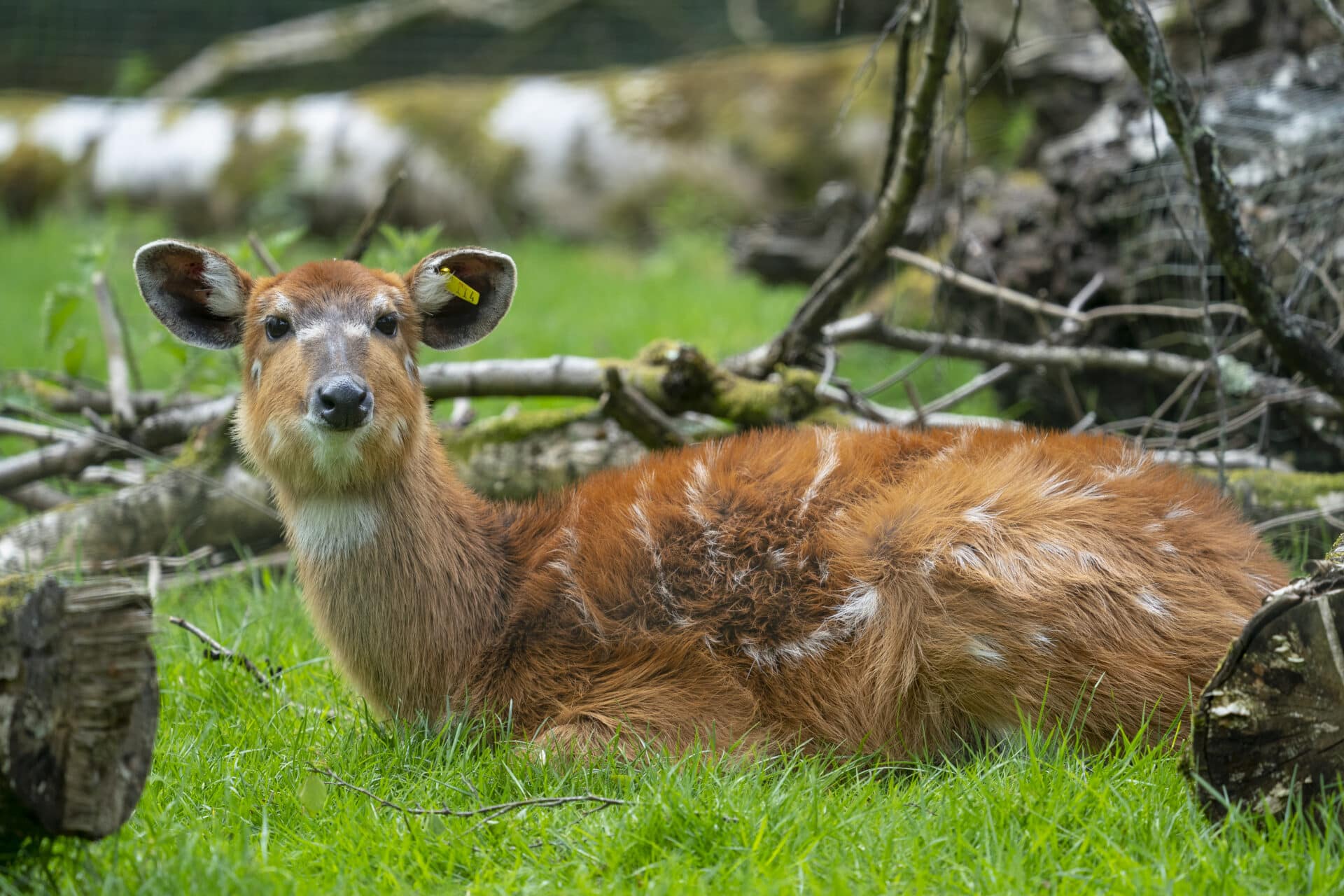

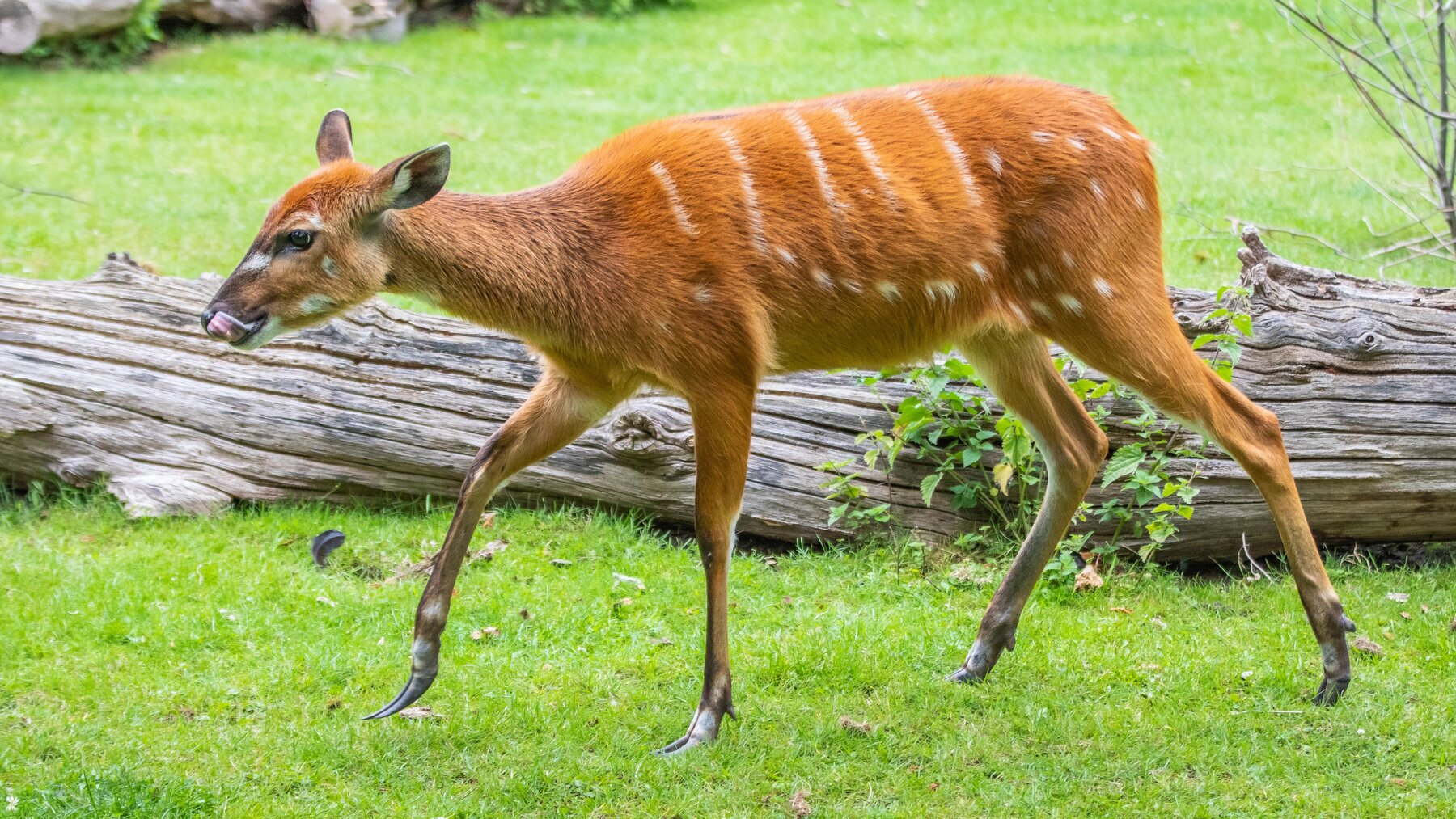
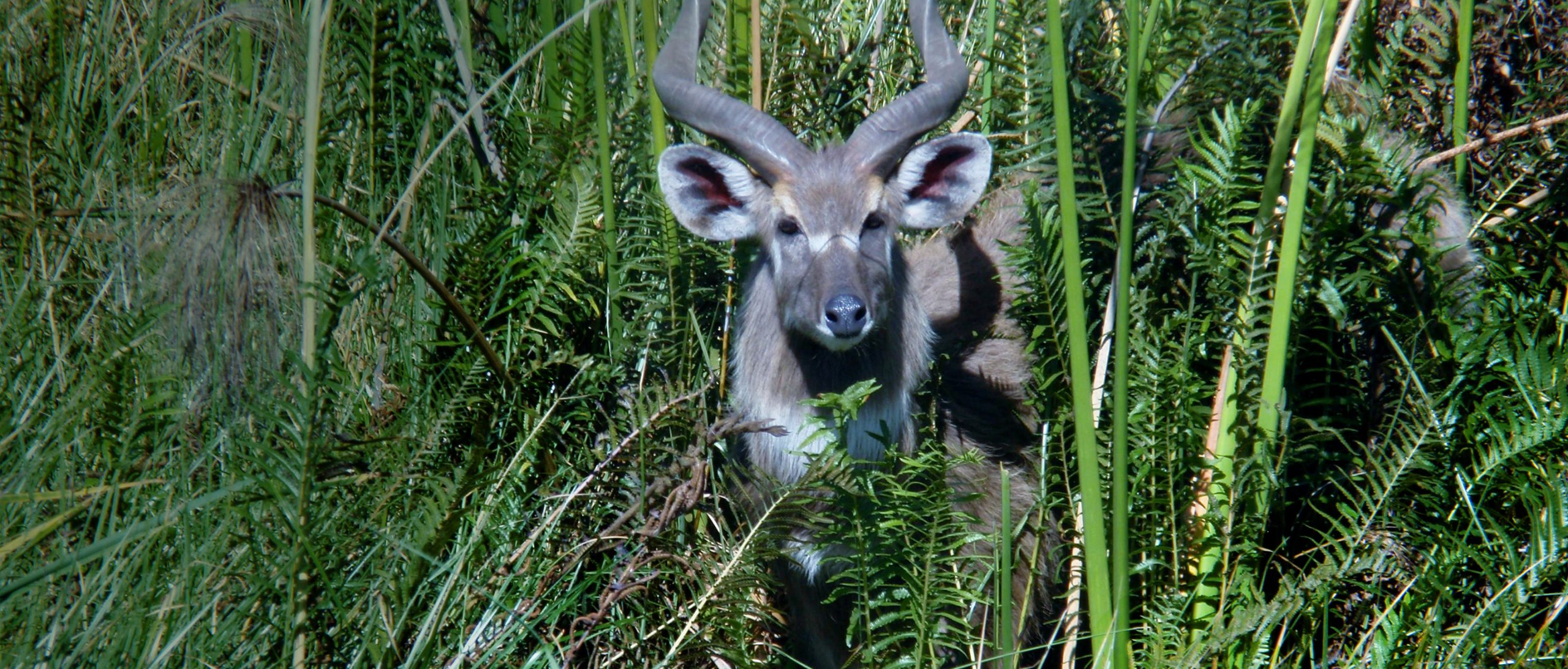
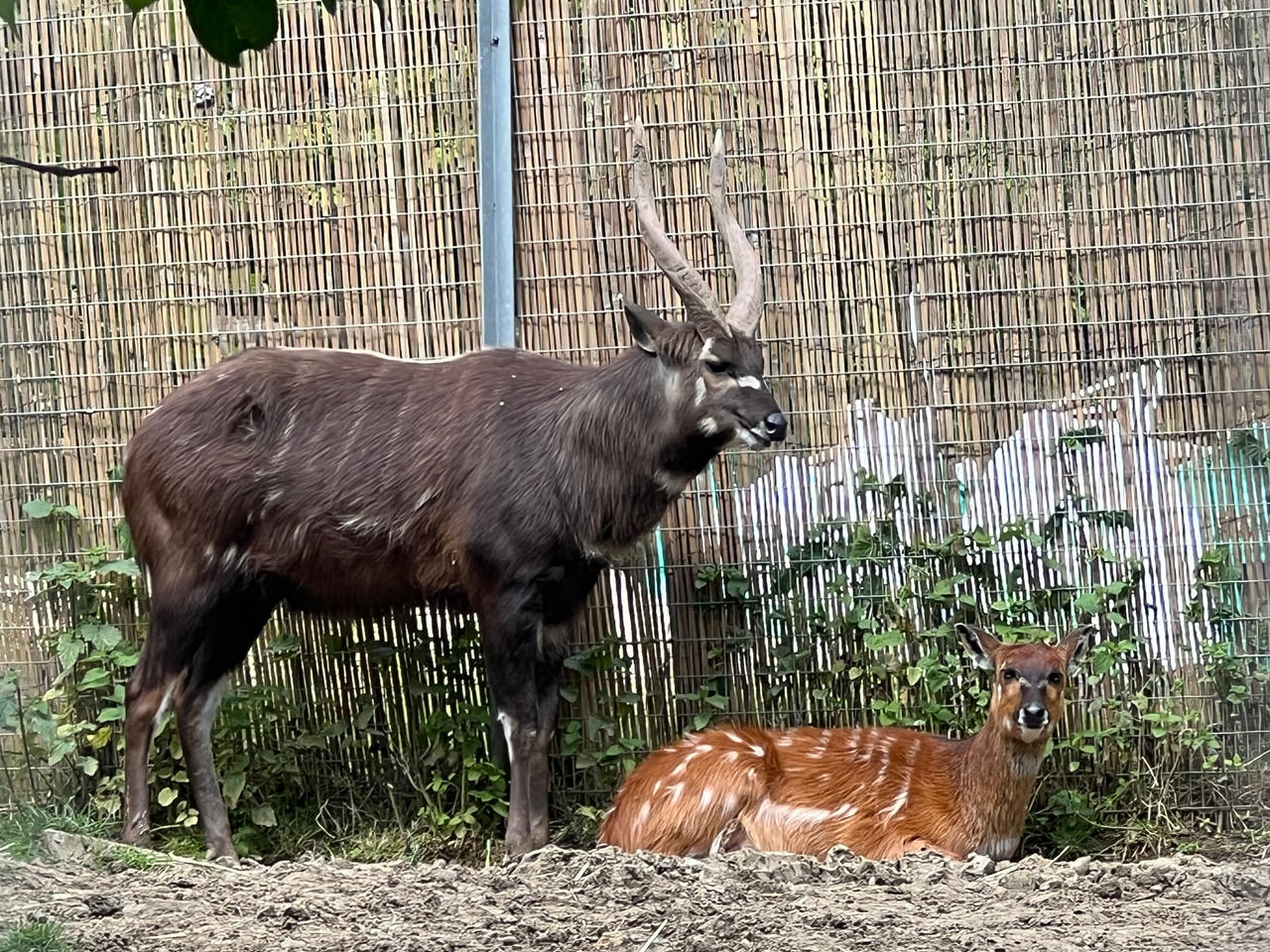
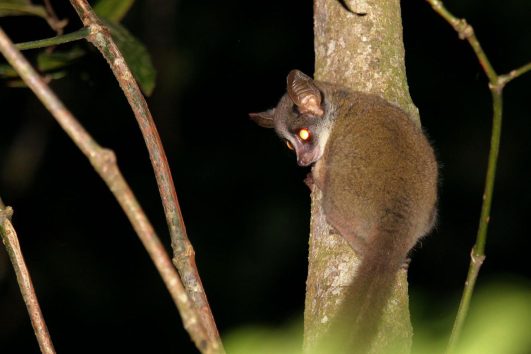
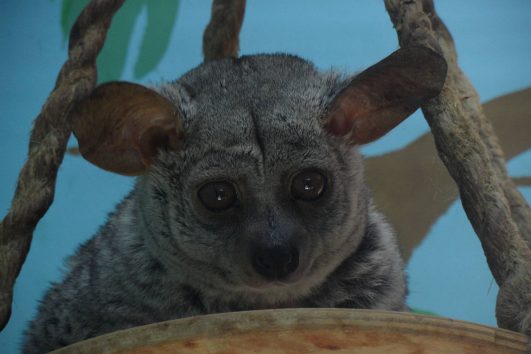
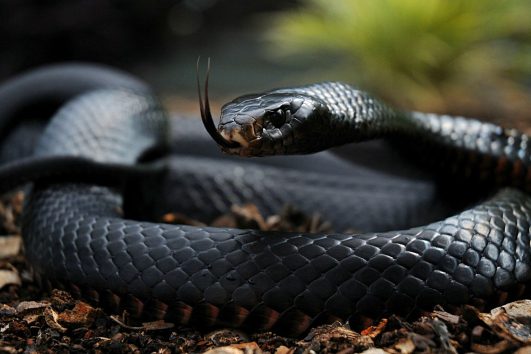
Tour Reviews
There are no reviews yet.
Leave a Review